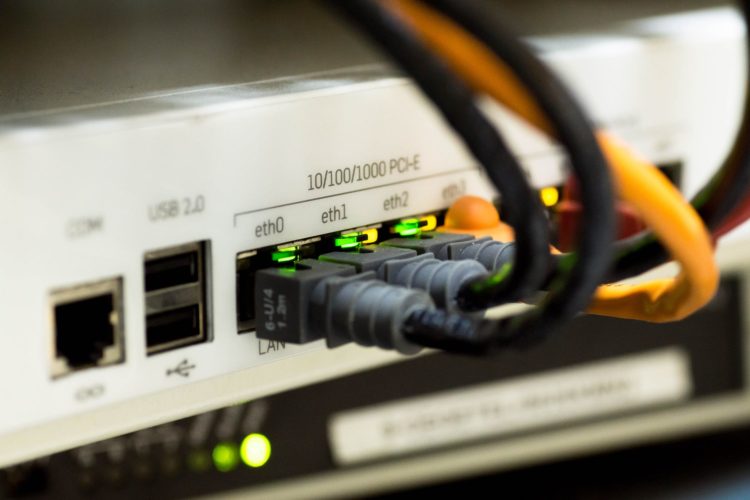At the Mobile World Congress (MWC2022), upgraded its Intelligent Cloud-Network Solution with all-new components in the following three scenarios:
CloudFabric 3.0
A hyper-converged data centre network solution, CloudFabric 3.0 is ideal for building best-in-class data centre networks, helping enterprises usher in a service centre with supercomputing power.
This feature-rich solution offers the industry's only L3.5 autonomous driving network, which is needed to propel enterprise data centres towards multi-clouds and multi-DCs.
Another highlight is the all-new high availability multicast (HAM) data centre switches featuring high reliability, low latency, and high throughput, facilitating the construction of stable and reliable physical networks.
CloudWAN 3.0
Designed for building an agile, reliable, and intelligent WAN, CloudWan 3.0 uses one-click provisioning for fast service deployment in minutes. It achieves one network for all services, greatly reducing CAPEX, while its integrated O&M feature dramatically improves efficiency.
The all-new intelligent universal-service router NetEngine 8000 F8 is for applications requiring continuously improve WAN reliability and fully meeting differentiated service requirements.
CloudCampus 3.0
Drawing on continued innovations in the WLAN, LAN Switch and SD-WAN fields, CloudCampus 3.0 offers "300 Mbps @ Everywhere" access experience for enterprises and doubles the cloud access efficiency. It can be widely used in industries like education, healthcare, finance, and energy, helping enterprises shorten time-to-market and improve operational efficiency.
During his keynote speech, Go Digital Faster with the Intelligent Cloud-Network, Steven Zhao, vice president of Huawei's data communication product line, says the upgrades will release non-stop computing power and intelligence to every enterprise, accelerating digital transformation across industries.
Zhao says IP networks are the cornerstone for digital transformation across industries. As enterprise digital transformation enters the "deep water zone", IP networks face new challenges. Specifically, connectivity extends from people only to countless IoT terminals, putting a huge strain on manual operations and maintenance (O&M).
Also, services expand from office scenarios to production scenarios, placing higher requirements on network service level agreements (SLAs), while services themselves are frequently and rapidly changing to meet customers' personalized requirements. This requires IP networks to keep pace with the cloud for more agile service provisioning and changes.





